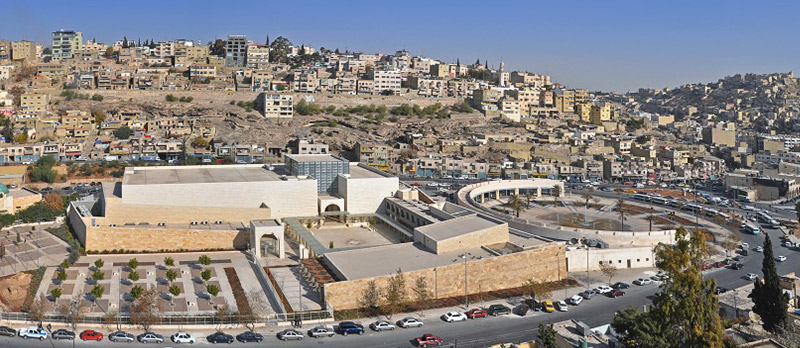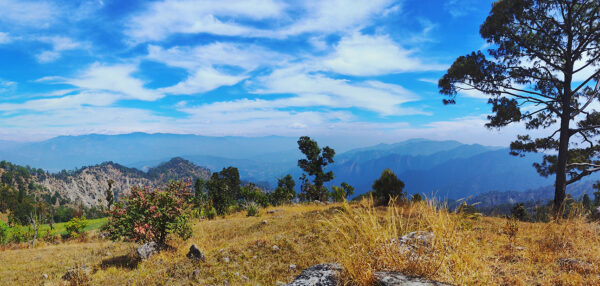Drawing Tourists to Jordan
OC Global designed new facilities to highlight Jordan’s historical and natural riches.

Challenge
Support Jordan’s plan to develop attractions for locals and tourists alike
The National Museum Development was one of six sub-projects selected for implementation from the Tourism Development Master Plan Study for Jordan that was completed by JICA in February 1996.
The National Museum was designed according to international standards as the primary cultural resource to become a “must-see” attraction for first time foreign visitors to Jordan and a popular attraction for repeat visitors. Since the facility was to present a comprehensive story of Jordan’s history and culture, it had to function as an educational facility for children, a research and study base for academic scholars, a storage facility for the nation’s rich historical, archaeological and cultural objects, an urban recreation and entertainment facility, and a tourism facility to provide foreign visitors with overview information about Jordan.
Another sub-project found another way of utilizing local attractions to promote tourism. The Dead Sea Panoramic Complex takes advantage of the Dead Sea, the lowest point on Earth and densest sea in the world.
Services
The museum was designed with four exhibition galleries and the following facilities: orientation hall, collection management, research & study, administration, visitor service, auxiliary services, outdoor exhibition, and other landscaped areas.
The Dead Sea Panoramic Complex was planned on the ragged edge of Zara Cliff facing the Dead Sea. Visitors to the center can enjoy the panoramic view from a vantage point about 500 m above the Dead Sea. The complex includes a restaurant, terrace, museum, outdoor amphitheater, and conference hall.

Results
The façade and forms of the museum were designed to reflect the national taste and to harmonize with the existing buildings and surrounding environment as an iconic urban facility of Amman. It is located in the newly redeveloped Amman City Plaza on Ali Bin AbiTaleb Street in Ras Al-Ein.
The scale of the National Museum was based on the forecast that the facilities will receive 1,780 visitors daily. Moreover, since Jordan has a long history of earthquake disasters, the buildings were seismically designed to survive an earthquake of 50-year return-period ground motion with maximum ground acceleration of 0.2 g.

In addition, the facilities were designed to protect archaeologically and historically important objects from damage, loss, burglary, and vandalism through the provision of appropriate security, fire protection, air-conditioning, lighting, etc. The geotechnical site investigation report, the bearing capacity, and groundwater conditions meant that the museum could be provided with a basement.
The main access to the museum is from Ali Bin AbiTaleb Street, which the City Hall also faces. Parking spaces along the roadside could therefore be utilized.
The exhibition facility was designed to be flexible enough to show the great variety and range of exhibits and highlight the materials, form, and weight of each object. It was designed to allow the possibility of extending or changing the collection for new acquisitions. The History Gallery was designed like a large auditorium or TV studio to obtain great flexibility in the exhibition system.
The project was designed to generate revenue through increased average length of stay and foreign currency expenditure of international visitors to Amman. Another important function is to provide educational benefits for the entire population, including school children, through its portrayal of the nation’s history and culture.
Location
Jordan
Official Title
National Museum Sub-Project under Tourism Sector Development Project (TSDP)
Project Type
Tourism and cultural facilities
Client
Ministry of Public Works & Housing (MPWH) / JICA
Project Period
2005 – 2011
Sustainable Development Goals (SDGs)
The Project provided beautiful devises and implement policies to promote sustainable tourism in Jordan that creates jobs and promotes Jordanian culture and products.

